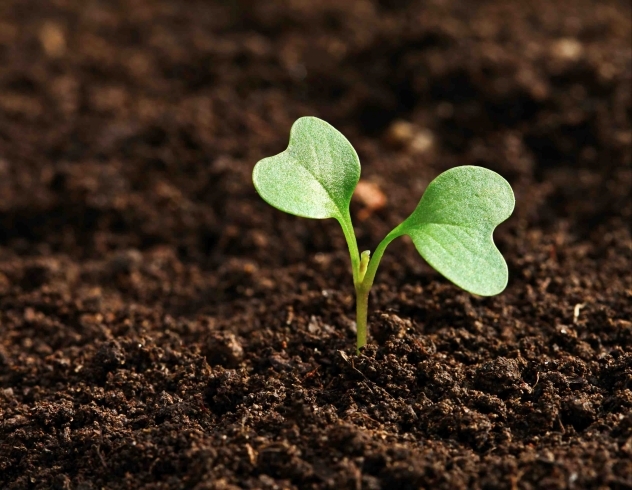News & Events

Crop Corner – 2016 Harvest Wrap-Up
December 01, 2016

To say 2016 was an interesting season would be an understatement. The majority of Haldimand-Niagara experienced severe drought during the growing season and received some of the lowest rainfall accumulation in the province. Yields were well-below normal and left some growers without a harvestable corn or soybean crop. Although many are eager to put the 2016 season behind them, there are many valuable take-home lessons from this year that we should remember for the future.
1. Even emergence is key! Soil moisture played a huge role in emergence this year. In many situations, some corn and soybean seedlings emerged quickly after planting, while the remainder of the field emerged weeks later once the field received more moisture. Although it is difficult to predict the weather conditions that will follow planting, you can manage risk by ensuring your planting equipment is well-maintained and planting at a uniform depth. In general, soybeans planted on 15-30” rows with a corn planter seemed to emerge quite uniformly due to more accurate depth placement this year.
2. Protect your crop! Ensuring your crop is pest-free throughout the season is critical. Many fields throughout the area were affected by spider mites this summer. These pests robbed the soybean plants of what little moisture they had, resulting in not only reduced yield, but also smaller seed size and poorer quality seed. Good quality seed is important, especially for IP and seed growers, so it is important to remember that yield is not the only factor at risk when making the decision to spray for insects. Similarly, many corn fields were affected with Western Bean Cutworm this summer. Pressure from this pest has been increasing over the last few years and will be worth scouting for in the future. This pest can cause yield loss and creates entry points for mold. Producers who will be feeding their corn to livestock should pay particular attention to this pest to prevent mold and toxins in their feed!
3. Organic matter, organic matter, organic matter! If there was one factor that contributed the most to yield this year (besides rainfall), it would be organic matter. There was a night and day difference between fields out of hay in the last few years versus those that have been in a continuous soybean rotation. Having a diverse crop rotation and residues incorporated back into the ground played a key role this year in a field’s ability to hold moisture and perform. Organic matter increases the water holding capacity of a soil, allowing roots greater access to moisture, even during dry conditions.
2016 may have been a once-in-a-lifetime growing season but it has taught us some very valuable information about our planting equipment, in-season crop management and soil health. Adequate rainfall and good growing conditions can often mask some of these issues that may be affecting yields on your farm. Take time over the winter to evaluate what the limiting factors may be in your operation and how you can work to improve them in 2017!
This Crop Corner has been written by Michelle Baker, Sales Agronomist at Clark Agri Service. Michelle can be reached by email mbaker@clarkagriservice.com or by phone 289-244-3888.